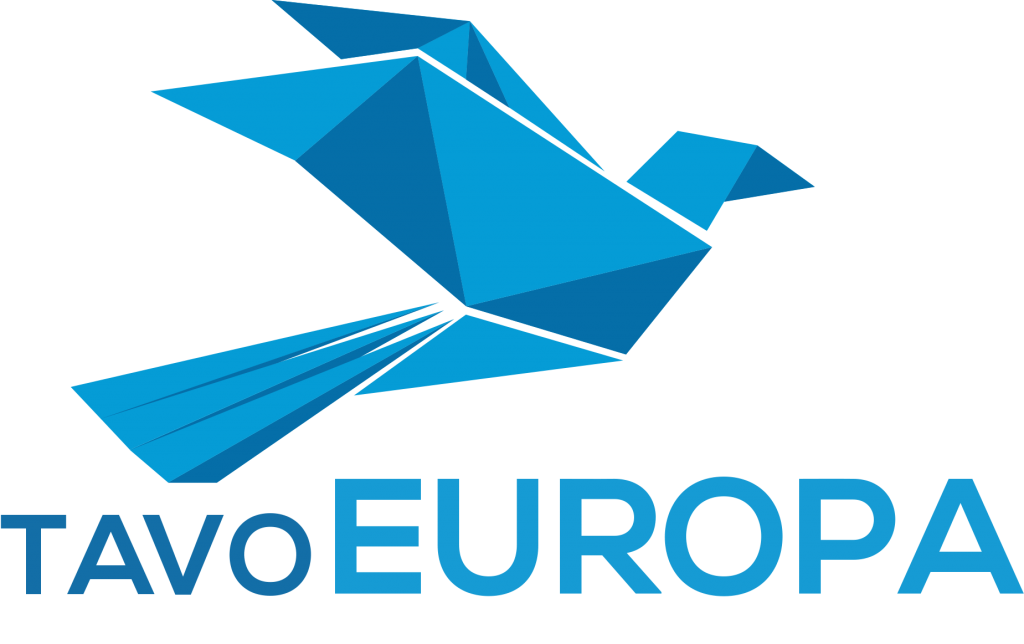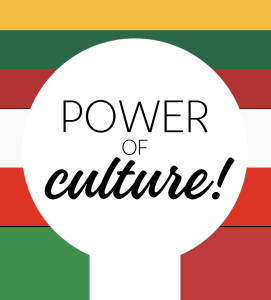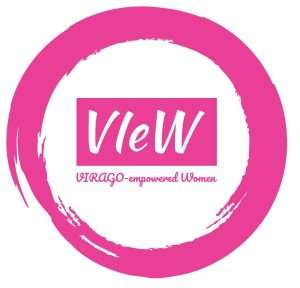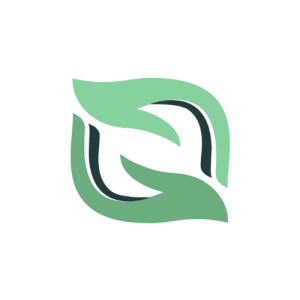Digital Cultural Designer is an Erasmus + funded KA2 (Strategic Partnership) project, which, together with international partners, at the end of 2020 was launched by Tavo Europa.
One of the aims is to create a publication that will spread the word and teach about the various aspects of digital culture, the importance of LOD (Linked Open Data) in cultural and memory institutions, and the resulting employment cartel in the cultural sector.
Thanks to libraries, museums, archive staff / managers, IT experts and YOU, together with our international partners, we found out how much is known about LOD and how important it is in Lithuania and other European countries, and national reports have been prepared.
Based on the research and knowledge gathered about the project area, we will start the second phase of the project in the near future – to create a publication that will introduce the linked open data (LOD) more widely and help those who want to integrate it into everyday life.
The Handbook for Digital cultural experiences of Digital Cultural designer (DCD) project, youth awareness and LOD valorisation is basically a cases collection and training manual, addressing the competences and roles of museums, archives, libraries and cultural organisations staff. The handbook offers a series of instructional strategies and methods for using LOD in cultural fruition and experiences illustrating cases and educational and training experiences.
Here are the steps taken in order to produce the course:
• O1.A1 Designing the structure for the implementation of the course and learning outcomes and training guide: In order to create the Handbook for Digital Cultural Youth Awareness, the first step is to define a common background of the interviews, situations and stories in order to share the approaches and exchange of experiences with mutual benefit;
• O1.A2 Development of the course material: Each Partner will carry out a context survey, with desk research and interviews to reference the stakeholders and questionnaires among cultural institutions staff and workers in their countries.
• O1.A3 Translation of training course in all partner languages: Each partner will write the study in its own language and in English version. The studies will be published as ‘pdfs’ on the project’s website as well as synthesized in ‘ppt’ versions for other dissemination media (Issuu, Scribd).
The curriculum will outline a profile of Digital Cultural Designer (DCD) in order to build up and to manage digital cultural fruition, cultural innovative services and digital cultural experiences. The curriculum will address specifically the museums, archives, libraries, cultural institutions’ needs. The training will aim to increase knowledge and abilities in using LOD for improvisation and innovation in cultural services and experiences. The curriculum will be articulated in main thematic cultural areas: music, visual arts, cinema, theatre, dance, time-based arts and/or mixed media arts, heritage. For each area a preliminary competences assessment tool will be provided. It will show if the participants have the needed pre-requisites in order to effectively and efficiently attend the DCD courses. The second part of the curriculum’s document will include a set of integrative modules related to the basic IT / LOD knowledge and skills needed for properly implementing cultural digital experiences settings, outlining the essential requirements and pre-requisites. The third chapter will outline the specific DCD trainings. The framework will include guidelines about ECVET, Eu. Qualifications Framework – EQF, Youthpass and Europass implementation.
Here are the steps taken to develop the course:
• O2.A1 Design the structure for the implementation of the course, learning outcomes and guidelines;
• O2.A2 Development of the course material;
• O2.A3. Translation of the curriculum in all partner languages;
• O2.A4 Pilot Testing and adjustment of the course.
The guidelines of Digital Cultural Designer (DCD) project will include settings for integrated actions related to digital cultural activities. The main concept of this IO is to evolve more strongly the development of cultural and creative values and assets involving young people in the design, development and implementation. Technically, the guidelines will outline a step-by-step procedure to design and to deliver digital cultural experiences using witnessed examples, materials (open source, copyleft) and storytelling witnesses. Digital Cultural Design Laboratory: The laboratory/help desk will work as a “competences incubator” for young people in particular, valorizing digital cultural experiences (as approach, methods, means and/or goals), implementing pathways and processes for practicing the curricula skills and at the same time addressing target beneficiaries for the improvement of cultural services and experiences, fostering quality, usability and access.
Here are the steps taken to create a DCD Lab:
• O4. A.1. Design the structure: The Partnership will set up the infrastructure of the “remote help desk”, structuring a registration form on the project’s website, and testing a remote contact service / tool (skype, hangout);
• O4. A2 Development: Digital Cultural Project Incubator: The Partners will develop at an early stage a promotion and awareness raising activity with attention at the identification and recruitment of the participants, the identifications of external experts to involve and the identification of the contexts and target beneficiaries;
• O4. A3 Pilot Testing and adjustments: A pilot testing activity will be organized in each partner country to test the labs activities and further procedures.
The project is funded by Erasmus+ programme.




